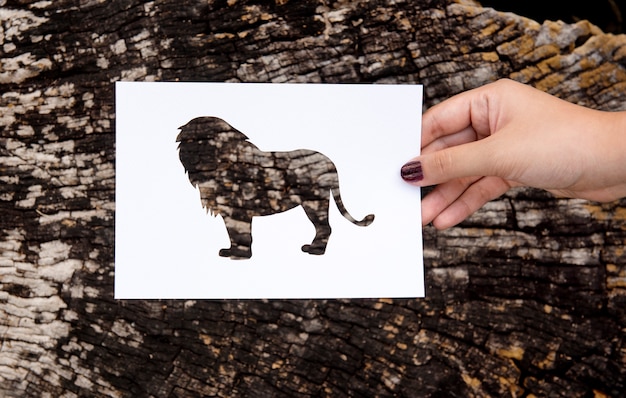Enchanting Discoveries about Snow Leopards

Snow leopards are also known as ghosts of the mountain due to their elusive nature.
These majestic cats are native to the mountain ranges of Central and South Asia.
Snow leopards are perfectly adapted to the cold climate, with thick fur and a long tail that helps them balance in rocky terrains.
Despite their name, snow leopards don’t roar like other big cats. Instead, they communicate through soft hissing and growling sounds.
Did you know that snow leopards have large nasal passages that warm up the cold air they breathe in?
They have incredibly strong hind legs, which allow them to leap up to 50 feet in length.
Snow leopards have unique grayish-blue eyes that enable them to see clearly in high altitudes.
These beautiful animals can’t roar, but they can purr just like a house cat.
Contrary to popular belief, snow leopards are not albino. Their fur is pale gray with dark spots and rosettes.
Snow leopards have long, fluffy tails that they curl around themselves for warmth, similar to a built-in blanket.
Unlike most big cats, snow leopards are well-known for their ability to descend a tree trunk headfirst.
With their incredible agility, snow leopards can scale steep mountains and cliffs with ease.
These stealthy predators have been observed jumping down from heights of over 20 feet onto unsuspecting prey.
Snow leopards have large paws that act as natural snowshoes, enabling them to walk on deep snow without sinking.
Enchanting Discoveries about Snow Leopards part 2
Believe it or not, snow leopards can leap almost three times their body length in a single bound.
Snow leopards are solitary animals, except during the mating season.
Female snow leopards give birth in secluded dens within rocky caves.
These cats are incredibly patient and can wait silently for hours before ambushing their prey.
Snow leopards have been known to mark their territories with scrape marks and urine.
They have well-developed cheek muscles that aid in their ability to grab and hold onto prey.
Snow leopards have great camouflage, allowing them to blend seamlessly into their mountainous habitats.
Their long, flexible tails also help maintain balance while navigating treacherous terrain.
Snow leopards are crepuscular, which means they are most active during dawn and dusk.
Did you know that snow leopards have a lifespan of about 10-15 years in the wild?
Snow leopards are highly elusive, making them challenging to study and conserve in the wild.
These big cats have been successfully protected in national parks and reserves throughout their range.
Snow leopards are excellent climbers and can scale a tree with ease in pursuit of prey or to escape danger.
There are only an estimated 4,000-6,500 snow leopards remaining in the wild.
Conservation efforts are crucial to protect the habitat and population of these incredible animals.
Snow leopards have specialized teeth and jaws designed for slicing through tough meat and bones.
It is estimated that a snow leopard can eat up to 20% of its body weight in a single meal.
These big cats have massive nasal cavities that help them efficiently breathe the thin mountain air.
Snow leopards have adapted to life at high altitudes, with thick fur protecting them from the extreme cold.
These solitary creatures have territories that can range up to 80 square miles.
Snow leopards are listed as a vulnerable species on the IUCN Red List, mainly due to habitat loss and poaching.
Did you know that snow leopards can jump vertically over 6 meters?
Snow leopards can survive extreme temperatures as low as -40 degrees Celsius.
These cats have been known to use their long tails to intimidate potential threats or rivals.
Snow leopards have large, furry paws that not only provide insulation but also help them traverse snowy slopes gracefully.
Despite their size, snow leopards are excellent tree climbers and have even been observed resting on branches.
Snow leopards are opportunistic hunters, preying on animals such as ibex, blue sheep, marmots, and hares.
These big cats can kill prey up to three times their own weight.
Snow leopards are master ambush predators, utilizing the element of surprise to catch their prey off-guard.
Their thick fur also extends to their paws, providing added protection from the freezing ground.
Snow leopards are an integral part of the mountain ecosystem, balancing prey populations and promoting overall biodiversity.

